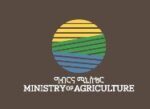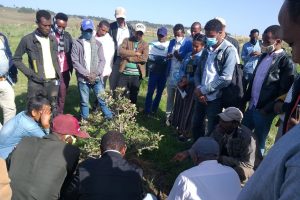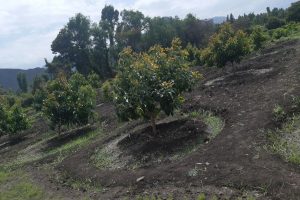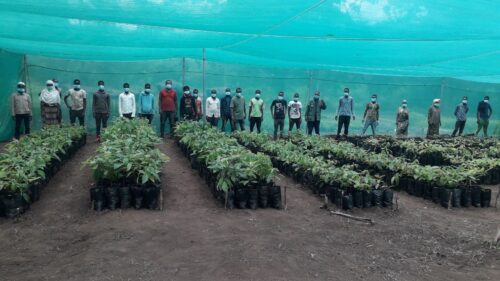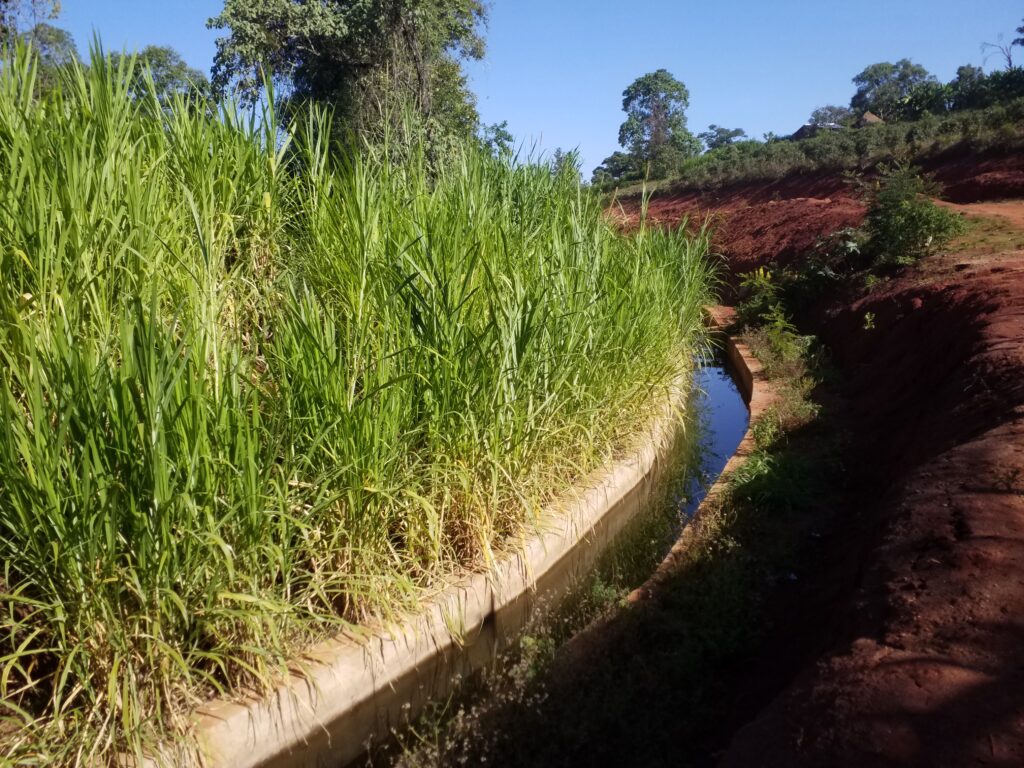
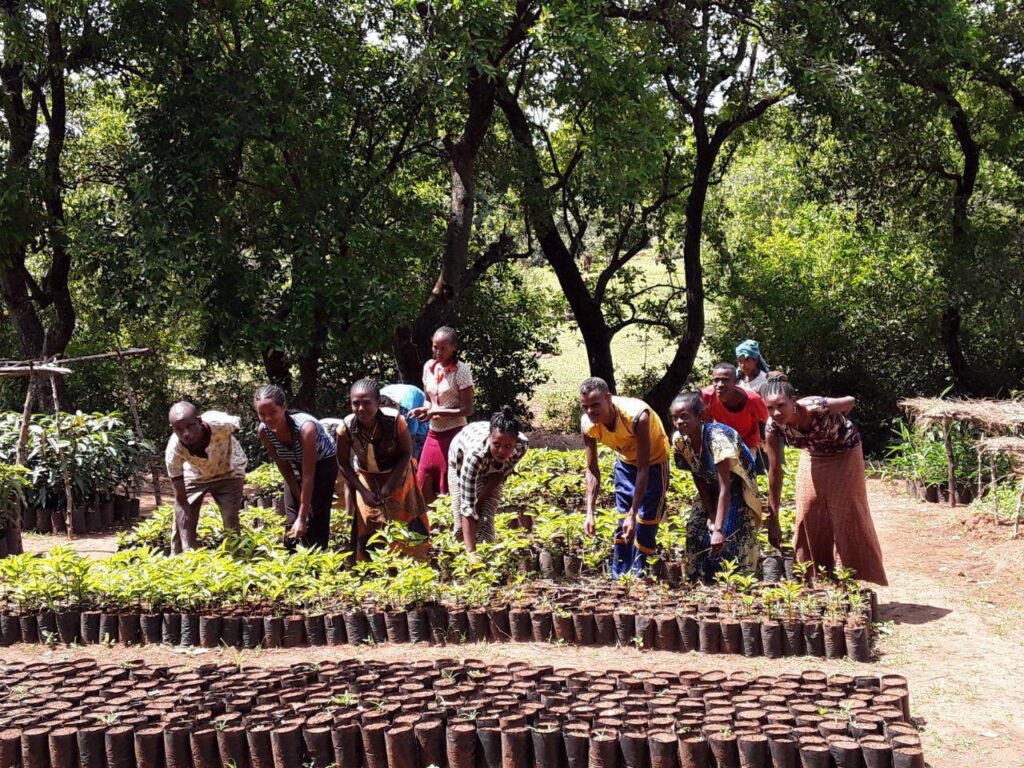
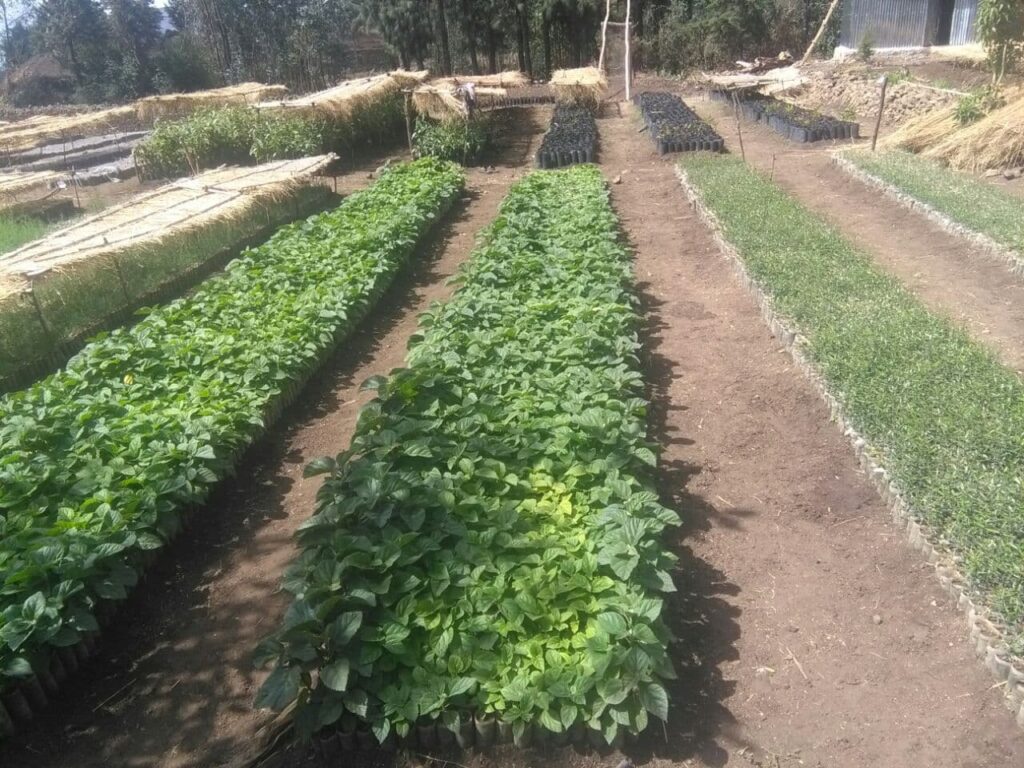
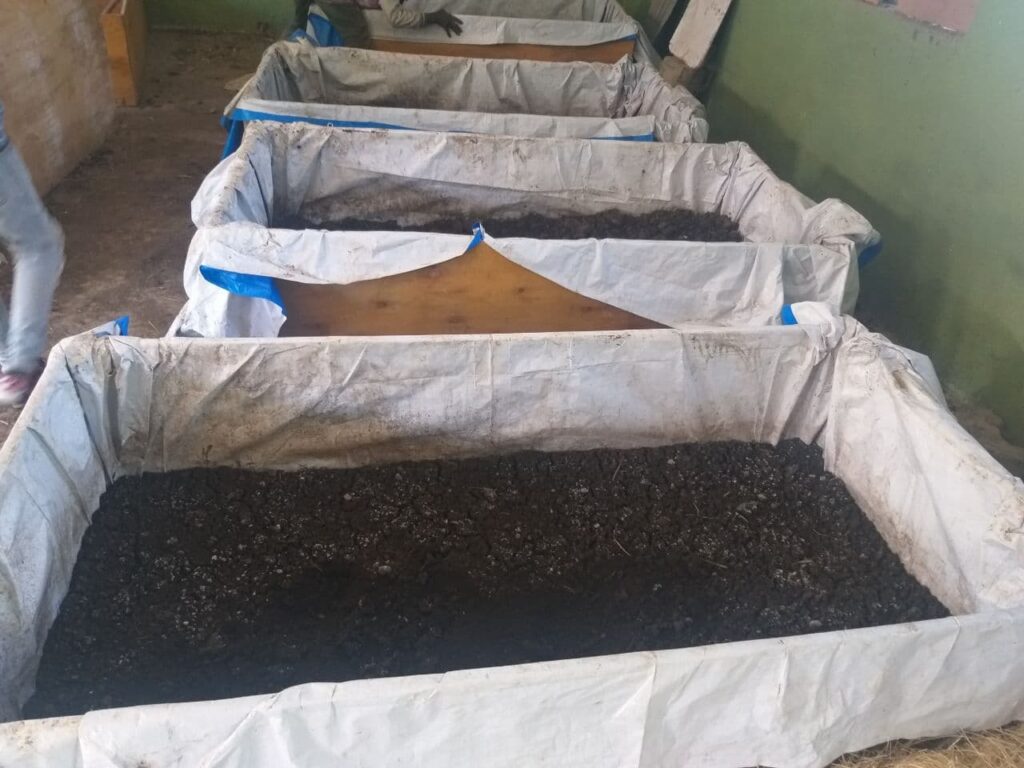
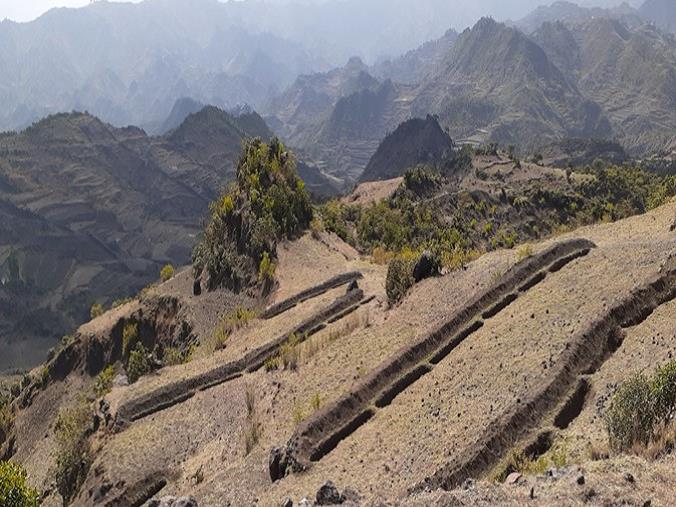

Design & Study Sample Documents
Amhara
Oromia
SNNPR
Tigray
Watershed Management
Introduction
The objective of watershed management of programme is to improve land and water management on more than 73,600 ha in rain-fed areas on adjacent to areas selected for irrigated agriculture to benefit 37,500 HHs through building on Ethiopia’s successful community-based watershed management approach. To tackle the socio-economic root causes of land degradation, investments in the rain-fed areas will be guided by a landscape approach, integrating socio-economic benefits from land and environmental sustainability in a wider geographic zone. The interventions will lead to measurable and valuable improvements in productivity of the land, and thereby provide improved incomes for the users, while at the same time ensuring restoration and maintenance of environmental capacity.
The major interventions would include: Rehabilitation of micro watershed with biophysical measures, implementation of Climate Smart Agriculture (CSA) practices including conservation agriculture (CA), Integrated Soil Fertility Management (ISFM), Agroforestry including fruit plantation, area closure, forage development and grazing land management (both private & communal land), IGA, etc. All of these initiatives will be supported by programme investment, in partnership with the communities which use the land, guided by the WMTs through the Micro-Watershed Management Plans and ADPs.
Achievements
Capacity Building
So far, to improve the quality of watershed management activities and to fill the gap, trainings on activities such as: Agroforestry, basics of participatory watershed planning, CSA, ISFM, practical application and challenges of CA, methods of different BPSWC technology selection have been provided for 11,650 watershed management committee, woreda experts , kebele DA and farmers at different level give technical training to fill the skill gap of experts and farmers.
Read More
Micro Watershed Management Plan
To implement watershed management intervention for both protective (biophysical soil and water conservation) and productive technologies (improved crop husbandry and integrated soil fertility management practice) at adjacent micro watershed level, the CWT collaboration with KWT have prepared micro watershed plan by which follows all steps of community based participatory watershed development plan. During preparation of plan those committees identify the major problem of micro watershed and its proposed technologies. To date, for more than 106 micro watersheds have been prepared integrated watershed management plan which includes basic and development map.
Biophysical Soil and water conservation Measures
Within all Regions of programme intervention micro watersheds, before starting the construction of physical soil and water conservation measures and other intervention plan, necessary precondition has been completed. To date it has been rehabilitated about 34,500 ha with biological and physical SWC measures These areas have been rehabilitated on hillside and communal land 8,274 ha, area closure 5,552 ha, gulley rehabilitation 756 ha and rehabilitation on farm land 19,918 ha.
Nursery Establishment and strengthen
Both fruit and forest nurseries have a great role for producing multipurpose seedlings to micro watershed for the purpose of stabilizing the physical structures which are constructed on hillside, gullies and farm lands. Similarly, small holder farmers within micro watershed can avail these tree and fruit seedlings from community nursery to develop agroforestry on their homestead land. For these purposes, still now, more than 99 nurseries have been established and strengthen and 30,174,284 multipurpose seedlings have been raised.
Community contribution on watershed management
On rehabilitation of micro watershed with physical and biological measures, watershed community contributes their free labour more than 5,230,015 PD (M=3,489,869, F= 1,740,146) which is equivalent to 158,453,000.00 ETB.
Climate Change Adaptation and Resilience practices
In order to improve the adaptive capacity of Small holder farmers within programme intervention areas various climate Smart Agricultures practice: Conservation Agriculture (CA), Integrated Soil fertility, Agroforestry and improved forage development and construction of alternative water sources were promoted and scale up within adjacent watershed and command areas. Within the programme intervention areas, to date about 4,370 Ha of land has been covered with CSA technologies and 14,471 HH (2,928 F) were benefited from the intervention.
Agroforestry and fruit development
For the sustainability of watershed and diversification of farmers’ income through increasing the production and productivity of crop, livestock and pasture. To date, it was achieved 1,097 ha of land with different agroforestry technologies which has benefited 2,905 small holder farmers (F=514). The beneficiaries developed different improved varieties of fruit (mango, papaya, orange, etc.) on their homestead by using alternative water sources (geomembrane pond and shallow well).
Conservation Agriculture (CA)
To date this technology has been implemented on 884 Ha of land through demonstration on FTC, FREG members and farmers.Packages of CA technologies such as mulching, cover crop, minimum tillage, inter cropping and crop rotation practices were promoted on 3,148 farmers within watershed beneficiaries.
Integrated Soil Fertility Management (ISFM)
Within the Programme intervention areas of micro watershed there is occurrence of problematic soil type, to reclaim these problems to date 850 ha of farm land with different integrated soil fertility management technologies which has benefited 1,368 (F=306) small holder farmers. These areas of land treated with application of lime, vermi compost, green manuring and application of organic compost was treated by application of ISFM practices.
